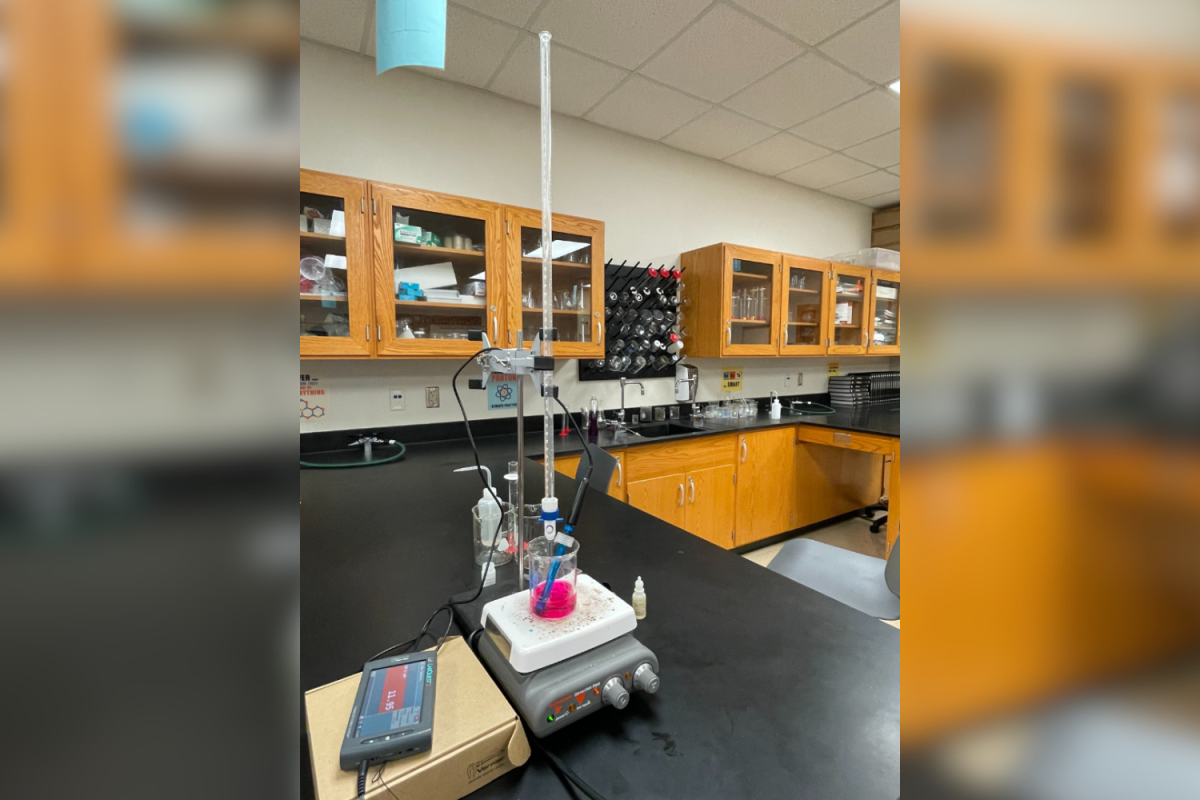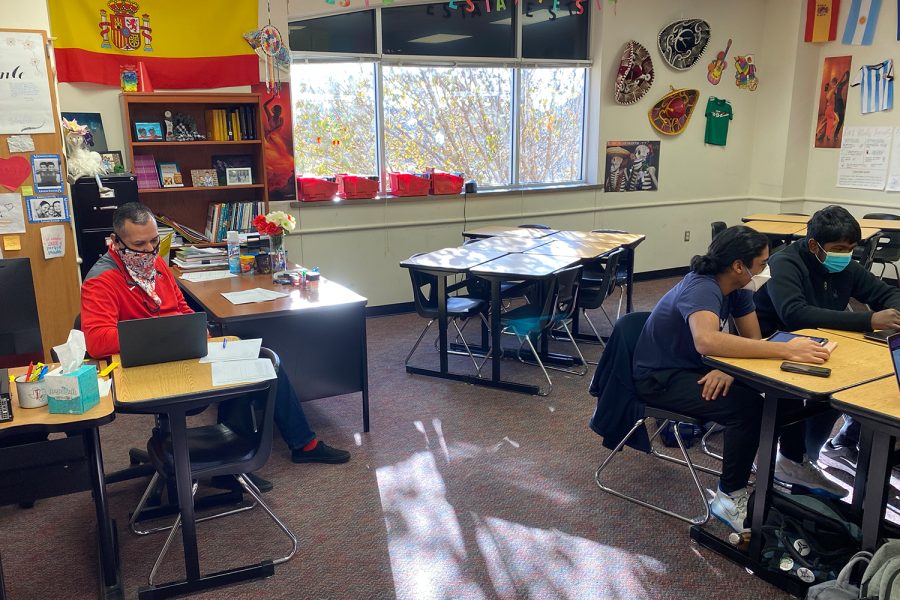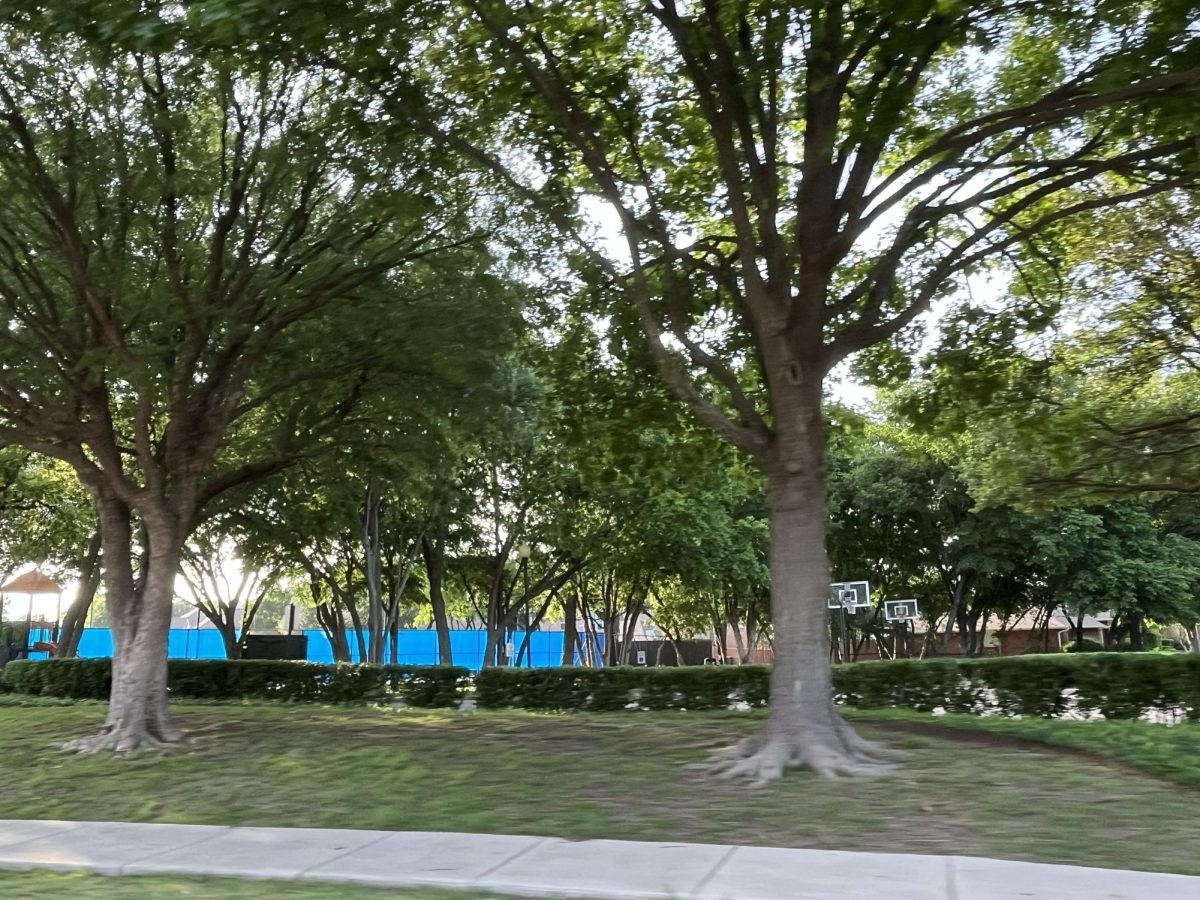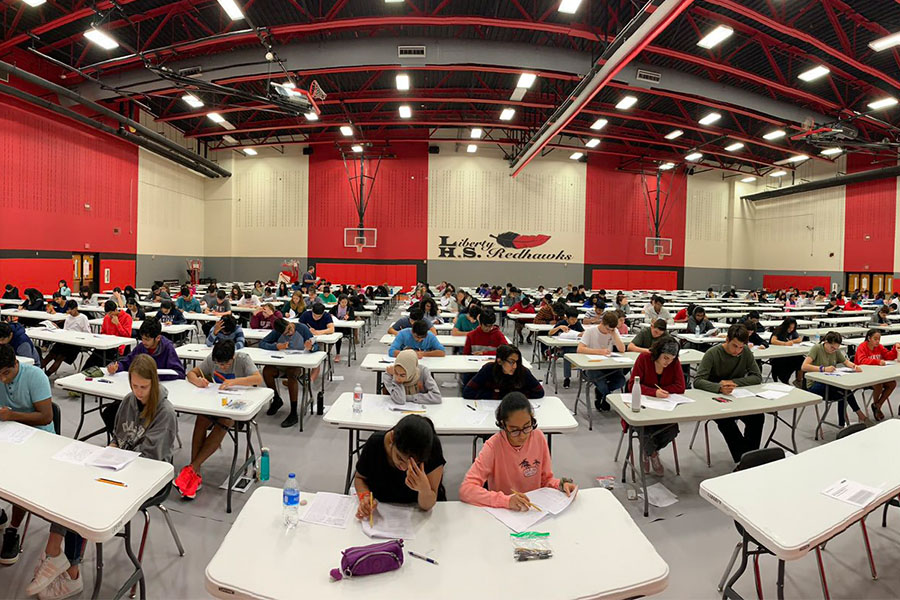As the end of the year rolls around the corner, AP Chemistry is in the midst of their penultimate unit: acids and bases. Along with the curriculum for this unit comes titration, a concept students are learning about through a lab that wrapped up on Tuesday.
In the lab, students are expected to use a burette, a common tool chemists use to add two substances together. The goal of the lab is to figure out the concentration of a substance by mixing it with a substance that has a known concentration.
“Titration is a means of adding a precise amount of something using a burette,” AP Chemistry teacher Angela Montgomery said. ¨I worked in a wet-chemistry lab for a year when I first got out of college and like 90% of what I did was just using a burette; I had to know what reaction I was going to do and the burette was just a way to add that liquid very precisely.”
Though titration has many uses, students will be applying it to their acids and bases unit to make a substance change color.
“We’re gonna have an acid in a flask, a base in the burette and they’re going to add a color indicator into the flask which will change color once they get to something called an equivalence point,” Montgomery said. “Then they can do some math – once they have that information – to figure out the concentration that was in the flask as well as identify the acid based on how the pH changed.”
When it comes to real-world application, this lab is distinct.
“Something cool about the lab is overall just [getting to work] with acids and bases; that’s not something we do a whole lot in chemistry,” junior Tuhina Das said. “And working with chemicals that are a little more risky to work with kind of simulates, I guess, working with chemicals in a real lab.”
In fact, for some, it’s a highlight of the course.
¨I do feel like it makes one feel like a chemist because you’re being very precise and it requires all of your attention,” junior Nikhita Koya said. ¨I looked forward to this lab a lot and it was one of the reasons I took AP Chemistry.¨
However, according to Montgomery, there are some mistakes students should watch out for.
¨Students often try to add the liquid from the burette too fast, so they end up missing important points that they should be graphing to get what the titration curve actually looks like when you graph it,” Montgomery said. ¨Another big mistake – it’s also kind of the same mistake – is that because they’re adding things too fast, they overshoot the equivalence point. So, we do the lab twice just because the first time, the data’s not going to be very good.¨














